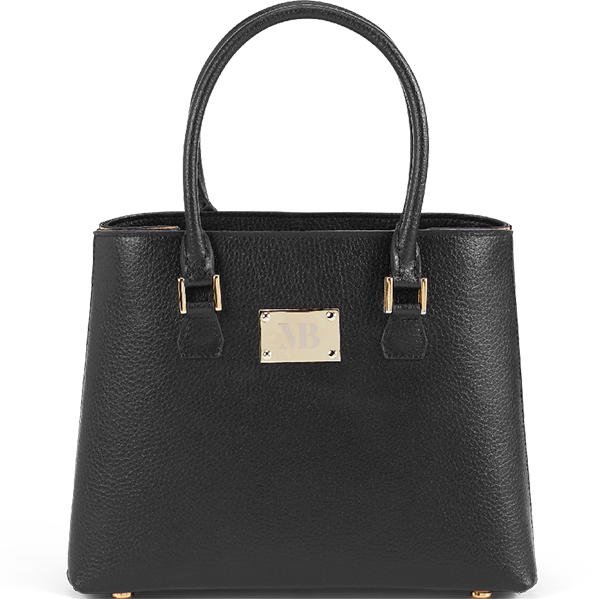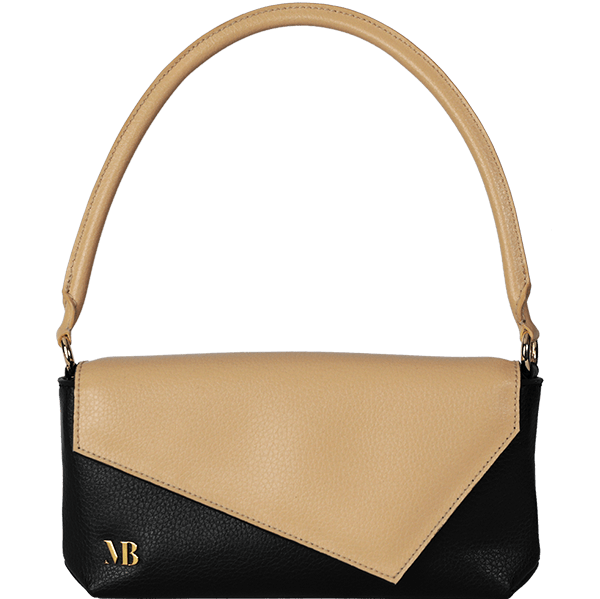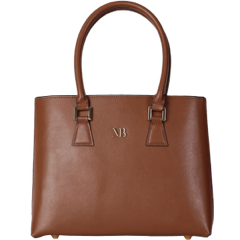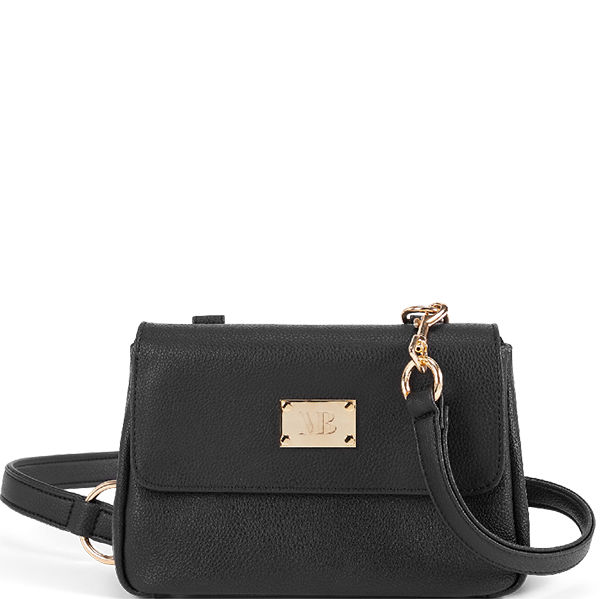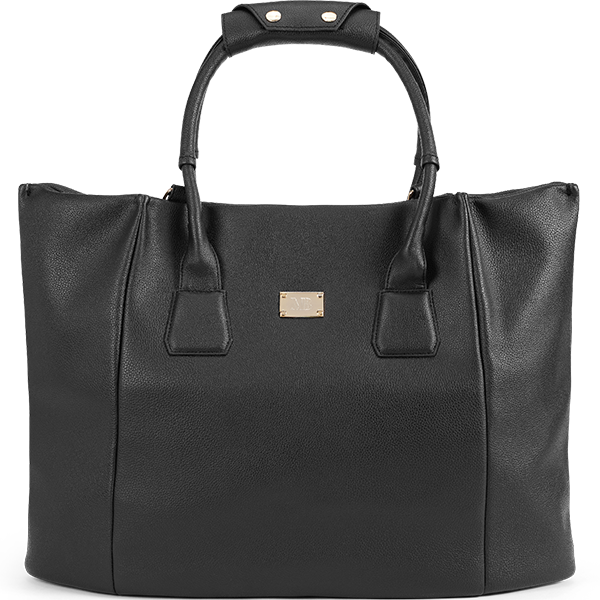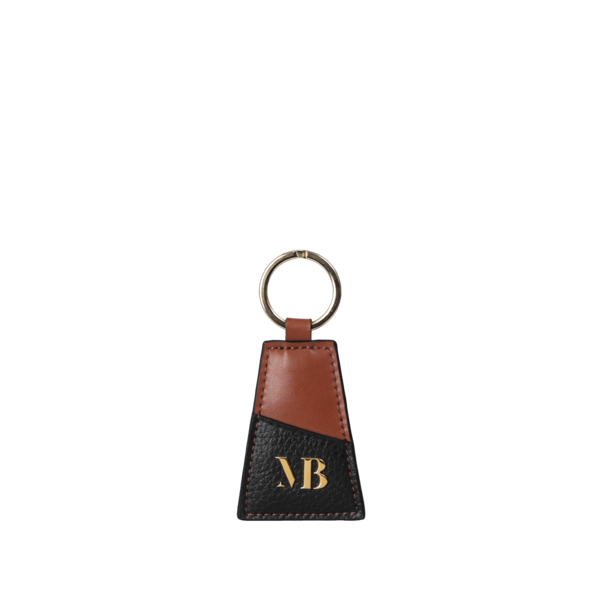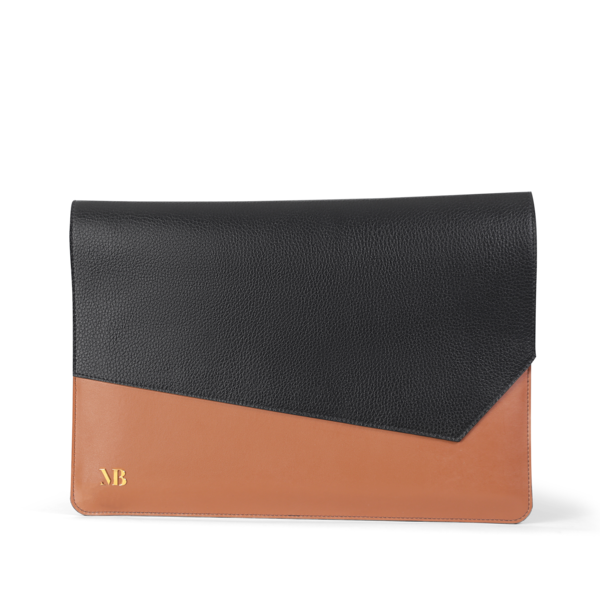9 Tips and Tricks for a Sustainable Wardrobe
Global clothing production has doubled, fast fashion items are worn less and less before they are tossed. Ultimately, only a few garments are recycled, most end up in incinerators or landfills. Overall, the textile industry accounts for 4% of global greenhouse gas emissions and up to 20% of industrial water pollution.
These facts are concerning - but as consumers, each one of us can make a contribution to more sustainability and accountability in the fashion industry. However, when trying to implement a more sustainable lifestyle, one can feel overwhelmed and not know where start. That’s why we put together 9 tips on how to achieve a sustainable wardrobe.
This is not a call for perfection. Becoming aware of your habits and doing your best is the very first and also most important step. A series of small, consistent steps catering towards a more sustainable lifestyle can be more effective than intending to change everything at once and then never being able to implement it fully in one’s life. Even the smallest steps are better than none at all.
Doing research and educating yourself are essential when trying to accommodate a more sustainable lifestyle. Fortunately, there are many sources providing detailed information on how we can contribute to a future worth living in.
For instance, reading, watching documentaries, listening to podcasts on the topic or following sustainability accounts on social media are a good place to start. Social media, such as Instagram, also is an easy, uncomplicated way to quickly get in touch with a brand you are thinking about buying from. This way, you can find out whether or not their values align with your own. But be careful: many companies are practicing so-called “greenwashing”. This method is deceptively used to persuade consumers into believing that their practices and products are environmentally friendly.
Therefore, when talking about sustainability, transparency is of central importance. Before buying from a brand, try to learn as much as possible about their production and distribution processes, about the materials used and their origins, as well as how the people involved in supply chains are treated: Where are the clothes and fabrics produced and what are the working conditions like? Which resources are used? How far does an item have to travel before being put up for sale?
Evaluating one’s own consumption behavior and considering how those choices affect society and the environment are vital before purchasing a new clothing item, accessory or product of any kind.
Rapidly changing trends are tempting, but rarely serve as long-lasting additions to your wardrobe. Buy less, but better – instead of trend pieces that will most likely be worn only a limited number of times, it is advisable to invest in clothing and accessories that are versatile, of high quality and made of sustainable materials. Styled differently, one can achieve multiple, fashionable looks with minimal pieces.
Before your next purchase, ask yourself the following questions:
- Do I really need this?
- Does it match with other pieces in my wardrobe?
- How often will I be able to wear the item?
In order to protect the environment, it is best to use textiles for as long as possible. The amount of times you wear an item, directly impacts its ecological footprint.
However, many fast fashion brands produce cheap clothing of poor quality, that is not built to last. In fact, garments are often designed to be worn only 30 times. Rapid discarding of fashion has tremendous environmental consequences. It is therefore of great importance, to choose sustainable clothes and materials that are engineered to last longer. Also look for pieces that stand the test of time, meaning they can be worn and restyled for many seasons.
Before your next purchase, take a look at the label: it provides information about the materials used and their composition – and that can be a major indicator of either an environmentally friendly or environmentally harmful product.
Many textiles are made of synthetic fibers, as these are a cheap alternative to natural fibers. Nowadays, almost two thirds of all textiles produced are chemical fibers, such as polyester, nylon, acrylic or elastane. These fibers are made from nonrenewable fossil fuels and their production requires energy-intensive, chemical processes.
Synthetic fibers are not biodegradable and therefore usually end up in landfills or incinerators. Moreover, fabrics made of synthetic or mixed fibers are very difficult to break down in textile recycling processes. However, it is crucial to separate fiber mixtures in order to be able to recycle them accordingly. Ultimately, due to these reasons, only about 1% of all clothing produced is recycled back into new clothing.
So, try to choose sustainable materials and products made from monofibers, as they are easier to recycle than blends. When buying items made from natural fibers such as cotton, one should choose certified organic cotton. For instance, the GOTS certification ensures that the resource is grown without the use of pesticides and chemicals. Compared to conventionally grown cotton, on average organic cotton also requires significantly less water and energy for its production and cultivation.
Visiting second-hand stores is not only a great way to pick up a bargain, buying vintage clothes also gives the garment a second chance at life, prolonging its life span. This prevents textiles from ending up in landfills and contributes to the developments of recycling communities.
And in case one owns clothes or accessories no longer worn: well-preserved items can easily be passed on. Many social institutions collect old clothes. Or one can sell preloved pieces at second-hand stores, flea markets or online. However, avoid reinvesting the money generated through reselling in fast fashion (that would reverse your otherwise sustainable action).
Another environment friendly way to update your wardrobe is renting fashion items. By sharing clothes, one makes a contribution to a circular economy and thus to a more sustainable future.
Instead of throwing old pieces away, you can easily create new items from them with a little creativity. For example, an old t-shirt can be transformed into a pillowcase or a tote bag in next to no time. Upcycling thus helps to prolong the life span of fashion items and therefore reduces textile waste.
The way we do our laundry also impacts the environment. When plastic-based textiles are washed, thousands of fibers are released as microplastics and enter our water systems. It is estimated, that every year half a million tonnes of microplastics shed into the oceans due to the laundry process.
Washing garments with similar textures together and using special, finely pored laundry nets, not only protects your clothing by preventing friction, it also hinders microplastics from entering the water systems.
Further small behavioral changes can reduce the environmental impact of textiles. Even though today washing machines are more efficient than in earlier days, they still consume a lot of energy and water. Especially, washing and drying at high temperatures is energy-intensive. In order to save resources, it is therefore advisable to wash less frequently, reduce the washing temperature, wash full loads and to avoid tumble drying.
Did you know:
According to a report published by McKinsey, reduced washing and drying could save up to 186 million tonnes of carbon dioxide emissions. To achieve that, consumers would have to skip one in six washing loads, wash half of the loads at less than 30 degrees and substitute every sixth dryer usage with air drying.
Online shopping is bad, retail is good – unfortunately, it is not that easy. Whether shopping online or offline is better in terms of greenhouse gas emissions depends on several individual factors and hence, is difficult to judge. Online shopping is frequently accused of not being sustainable. Increased packaging waste, long distances and especially returns have a negative impact on the environment. On average, one in six packages ordered is returned. This causes a large amount of emissions hazardous to the climate. According to a study, these are equivalent to the emissions that would be generated by 2200 daily car drives from Hamburg to Moscow.
However, due to the lighting and heating of sales areas and warehouses, as well as customers travelling by car, shopping in stores also causes carbon dioxide.
Scientific studies assess the environmental impacts of retail and e-commerce very differently. However, overall, they state that online shopping does not necessarily has to be more harmful than retail. In particular, the choice of means of transport and the size of shopping cart influence environmental impacts.
In order to be more sustainable, one should then walk, take public transport or ride by bike to shops and purchase larger quantities. When shopping online, this means placing collective orders and avoiding returns in order to reduce the environmental impact.
